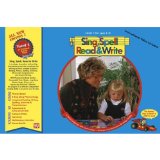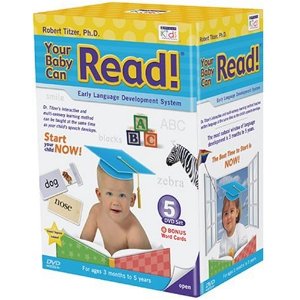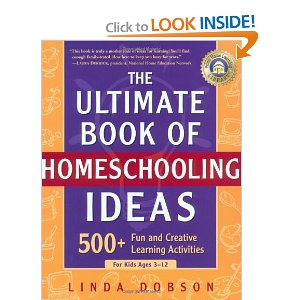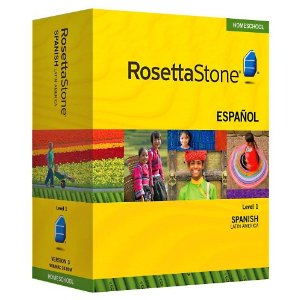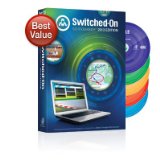Homeschooling Cost can be as little in early years to very expensive, depending on how you choose to homeschool. Most parents who are into homeschooling have discovered that they do not need much money in order to be effective and successful homeschoolers.
However, when families are considering to homeschool, they have to calculate the cost first since there are several expenditures that require attention; these are not merely financial costs, but physical and emotional as well.
Generally, parents identify the economic cost and concentrate on that primarily. Teaching and learning materials have to be bought. Most likely your local school will lend you textbooks; if not, your local library is a great place to start. You can borrow books, have it photo copied and bring it home.
There also is an “emotional cost” that is involved in homeschooling as it is physically and emotionally challenging, at times stressful for the parents, as they spend a lot of time teaching their kids.
Obviously, this is the main reason why parents chose to home educate their children, however, it does not necessarily suggest that they are continuously educating and instructing their children.
To address the problem, parents must also arrange during the day a certain time allotted for their favorite past time, such as reading while the kids are out playing in the yard.
So how much does homeschooling really cost you ask? As much or as less as you want to. Here are guidelines to help you spend your homeschooling money responsibly:
1. Research and shop around. Spend time to research available teaching and learning materials before purchasing. Explore your local stores, web sites, and your local library for resource supplies and books.
2. Narrow down the field. List everything that you need down and focus on the really important ones. Books that you need to buy, others you can borrow from the library.
3. Set a budget. How much will you be able to afford? Buying materials on a monthly basis and only when the need arises may be the best option for you, than buying everything in bulk, to find out that you don’t really need some of them.
4. Stick to your list. Never purchase any homeschool material that you have not listed, you don’t need them, so don’t get carried away.
Through calculating first the cost, as well as taking the time to talk with and get other homeschool parents concepts and analysis, and discussing possibilities before starting to homeschool, parents will be much prepared for the adventure of learning together as one family. Planning in advance will bring about peace and productivity.
You can find many cheap homeschooling curriculum ideas in homeschooling reference book: Homeschooling On a Shoestring




